
Oviedo is capital of the Principality of Asturias, and as such is its political, religious, and administrative heart. It is an ancient city and has many cultural treasures that any traveler can enjoy.
Today, What to see in Oviedo and its surroundings.
Oviedo
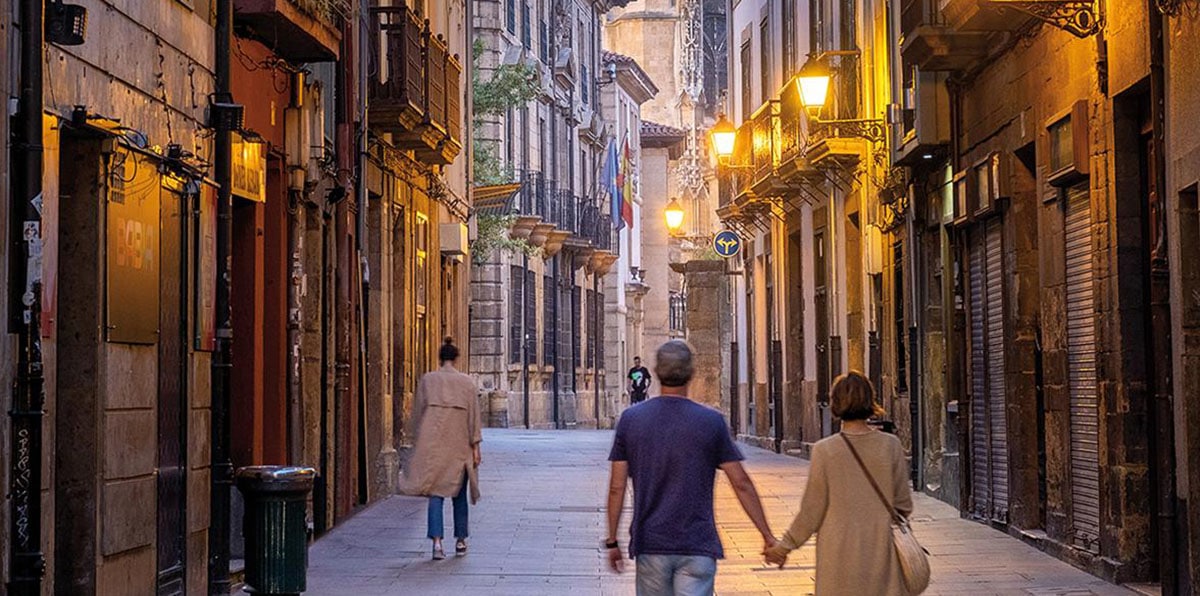
The city was founded in 761 on a hill. The monks Fromestano and Máximo built a monastery dedicated to San Vicente and later King Fruela I passed by and decided to add a basilica and other buildings in which his son, Alfonso II el Chaste, would eventually be born. Was there a Roman settlement in the same place before? It is a modern speculation.
It was Alfonso II the Chaste who moved the capital of Asturias to Oviedo, turning it into an episcopal see with palaces, churches and various fortifications. Today the wall is barely visible, there are ruins here and there, but at the time it protected the city by adapting to the shapes of the hill, guarding 11 hectares within which there was a civil and religious area, another commercial area and the so-called Socastiello.
Oviedo It is related to Santiago de Compostela. During the reign of Alfonso el Casto, a tomb was discovered in Compostela that was supposed to be that of the apostle Santiago, which caused the king to grant the local church more space to precisely venerate that find and other treasures. In turn, the church of Oviedo, to be up to the task, got its own, so according to what they say, the saying «Who goes to Santiago and not to San Salvador visits the servant and forgets the man«.
What to see in Oviedo
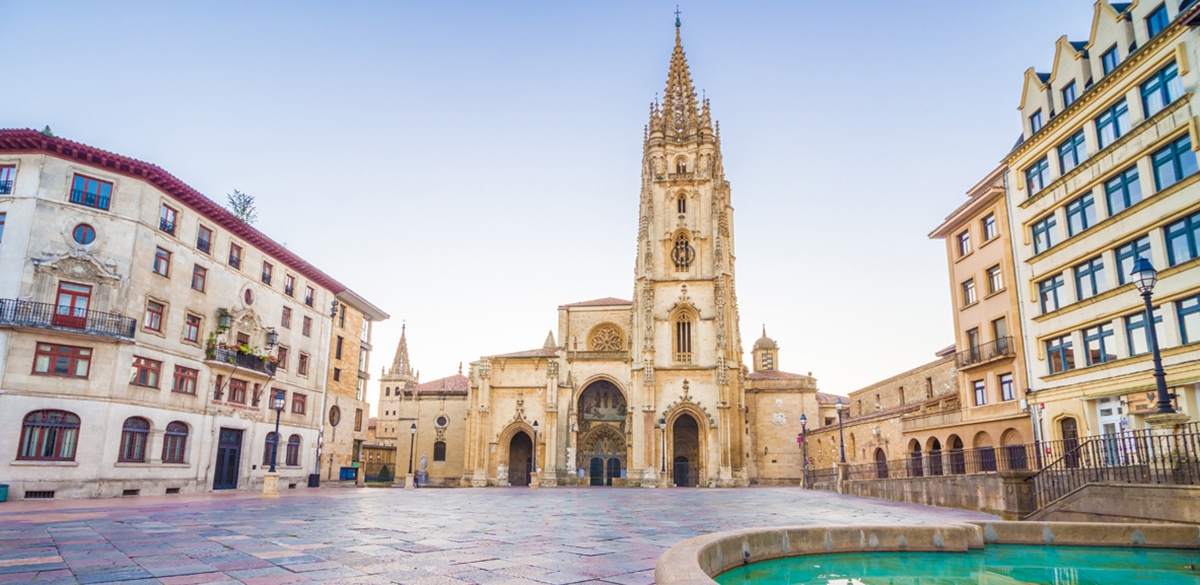
El old town Oviedo is the first treasure that we cannot miss. It is pedestrianized, so walking through it is a pleasure. The walk from the University to the Cathedral, or from the Palacio del Marques de San Félix to Camposagrado is a trail of cultural and historical postcards with squares, streets, small squares...
There are many places: there is the Plaza de la Catedral, the Plaza de Alfonso II el Casto, where the palaces of de la Rúa and Valdecarzana are, and Cimadevilla, the oldest part of the old town itself. This is where the Plaza de Trascorrales and the Plaza de la Constitución, the XNUMXth-century Town Hall building, and the Church of San Isidoro are located. There is also the square with the Fontán arcades, surrounded by colorful houses that are also in the Daoíz and Velarde square.
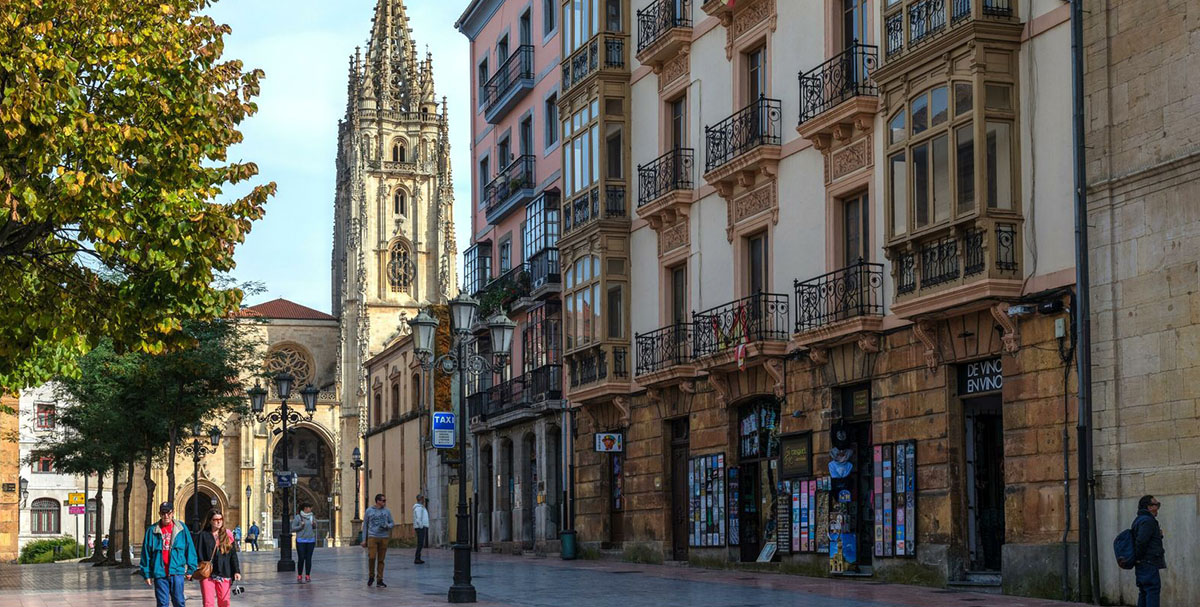
La University of Oviedo, from the XNUMXth century, is before reaching Ensanche, and it is worth a visit as there are always cultural activities. Once in the Expansion we enter the XNUMXth century, in the Plaza de la Escandalera and the Campo de San Francisco Park. There is the Regional Palace, seat of the Principality, the old Banco Herrero and Caja de Asturias, all buildings with a more French style. If you watch the Prince of Asturias Awards ceremony on television, you can see where they are delivered, in the Campoamor Theatre.
If shopping is your thing, then you have to walk down Calle Uría. There are many shops, but the architectural wonders are still in sight, for example, what was the Hospice Provincial, an XNUMXth-century building, today a luxurious hotel.
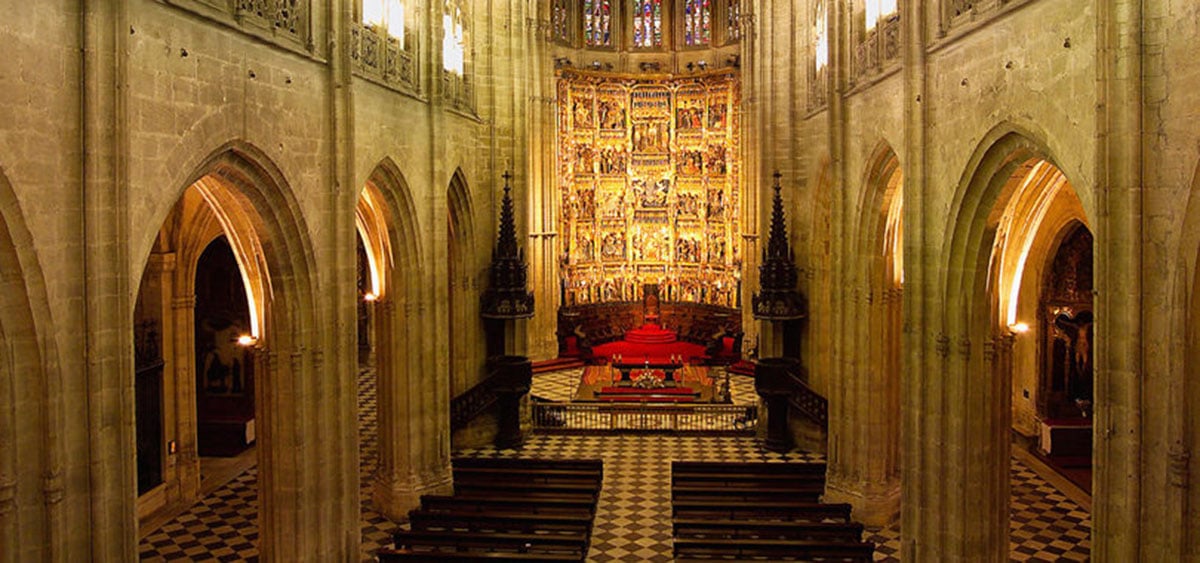
The Cathedral of Oviedo is of Flamboyant Gothic style and highlight its tower, the portico and the rose window. Inside of Holy Chamber there is the Holy Ark, the Victoria Cross and the Angels Cross, the relics that were so famous centuries ago and made pilgrims on their way to Santiago de Compostela stop here before.
It is in the surroundings of the cathedral that you find the other historical and important buildings. To know the Archaeological Museum, in the old convent of San Vicente or the Museum of Fine Arts, in the Palace of Velarde. There is also the Church of San Tirso. The truth is that in these places we find many pieces of art that are well representative of Astuarian art through the centuries.
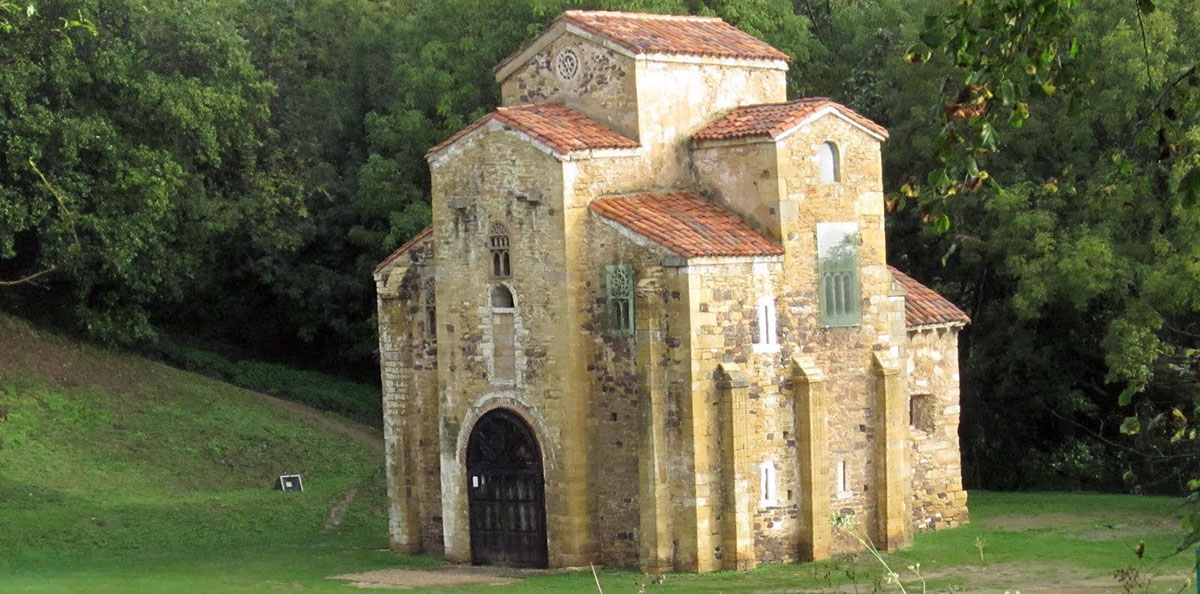
El Asturian pre-Romanesque style is reflected in San Julián de los Prados, San Miguel de Lillo, the Church of Santa María de Bendones, San Pedro de Nora, San Tirso and Santa María del Naranco, National Monuments all. With the Foncalada (a medieval fountain), the Holy Chamber and Santa Cristina de Lena are part of what UNESCO has declared here Heritage.
In terms of museums, you can visit the cathedral and the Holy Chamber, the Museum of Fine Arts, with works by El Greco or Goya, the Archaeological Museum, an essential visit, the Asturian Pre-Romanesque Interpretation Center or the Geology Museum of the University of Oviedo. In fact, the university building itself, as we said before, is a historical marvel. The El Fontan Market, in the old town and a few meters from the Plaza del Ayuntamiento, is where the local smells and flavors predominate.
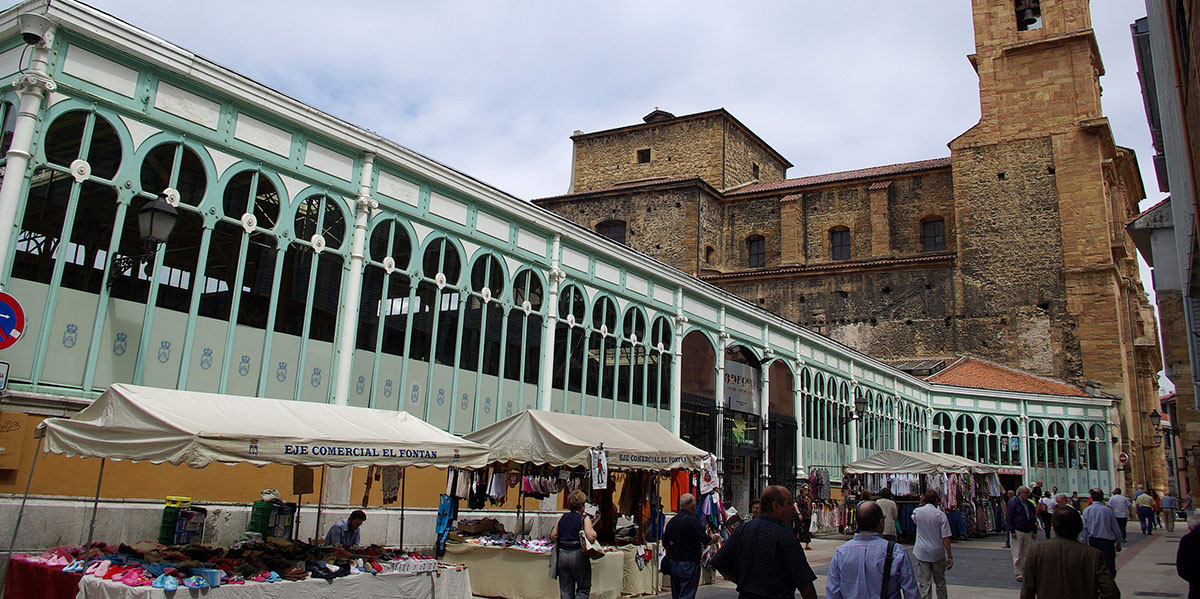
You can also know the Synagogue of Oviedo, in the same area of the Fontán, the aforementioned Plaza Trascorrales, with the statue of La Lechera or, the medieval wall. Many forget the wall, originally 1400 meters long, although today it only exists in some streets (Paraíso and Postigo Alto) or the Los Pilares aqueduct whose water reached the sources of the Naranco, in Ules, Boo and Fitonia. Originally it had 42 arches and 390 meters long and 10 meters high, built in the 1915th century, but in 2006 it was demolished to expand the city and only five arches are visible, which were restored in XNUMX.
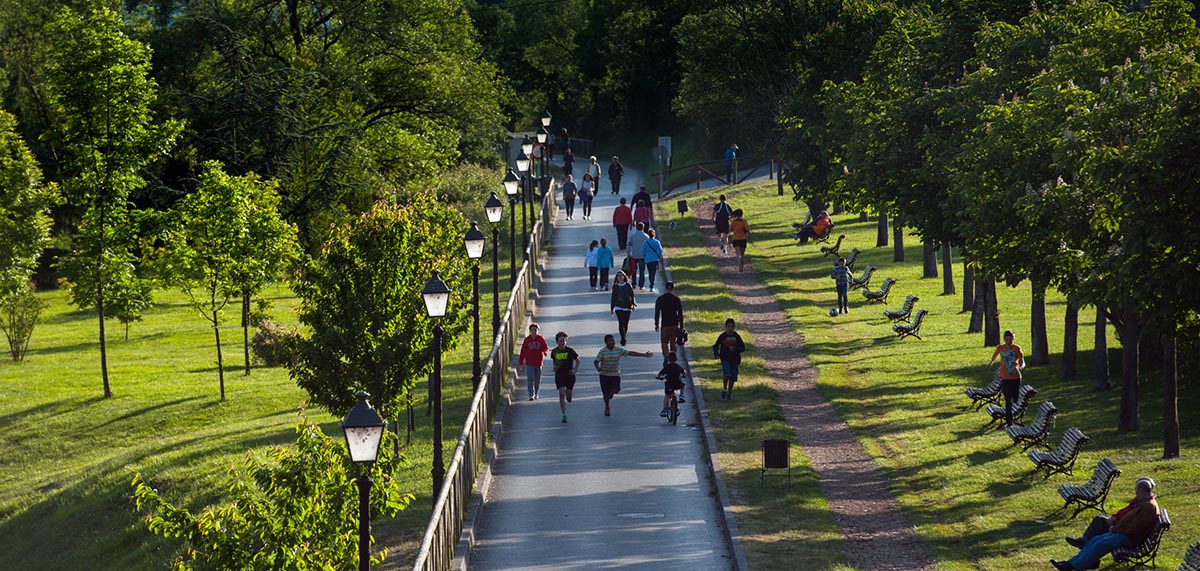
If you go in summer or spring and you feel like walking through the green you can see the Rodriga Gardens, on Calle Campomanes and the Seminario, remains of noble gardens from the XNUMXth century; or walk the Mount Naranco mountain range where the Pico Paisano rises 632 meters high with the sculpture of the Sacred Heart of Jesus and Panoramic views great and the churches that we named before, that of Santa María del Naranco or San Miguel del Lilo.
You can also walk through the Campo de San Francisco or Tomas Purification Park, west park, winter park, El Campillin Park or Garden of the Caudillo Kings, For example.
What to see around Oviedo
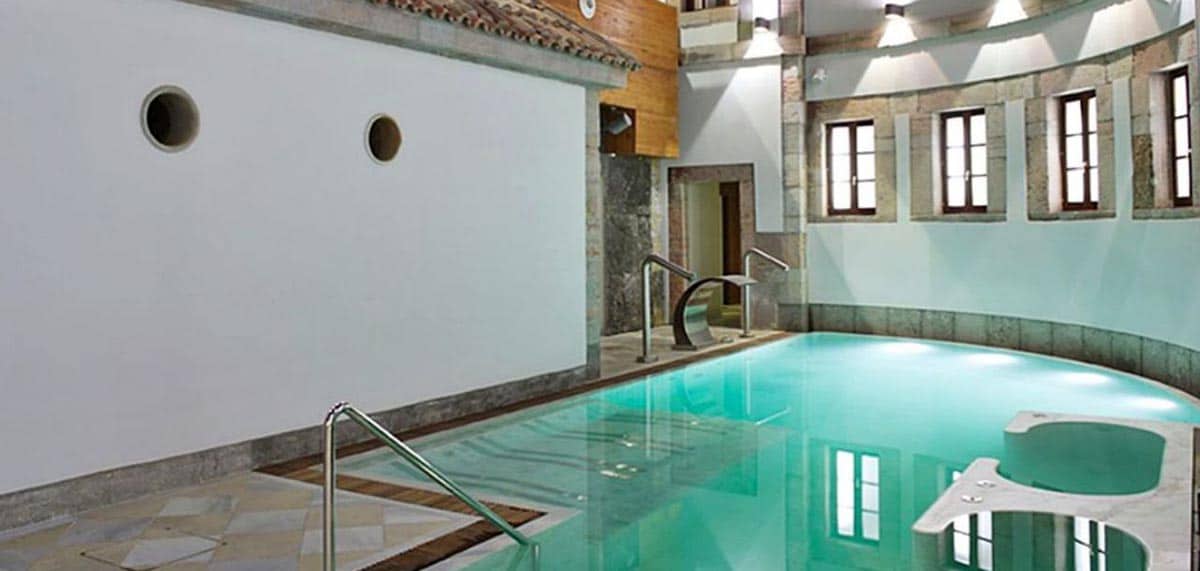
If you are going to get to know Oviedo and want to see what is in the surroundings, but without traveling long distances, there are some destinations that are not far away and that you can reach. For example, there is the Las Caldas spa, about 9 kilometers go more. It is an elegant thermal villa from the XNUMXth century.
There is also the Museum of Mining and Industry and San Vicente Well, half an hour from Oviedo, in El Entrego, a coal mining area par excellence. Next to the museum is the tower of the well of San Vicente. Speaking of mining there is also the Samuño Valley Mining Ecomuseum and San Lui Wells that includes a train trip through the beautiful Samuño Valley, a one kilometer tour inside a mine and the entire mining town.
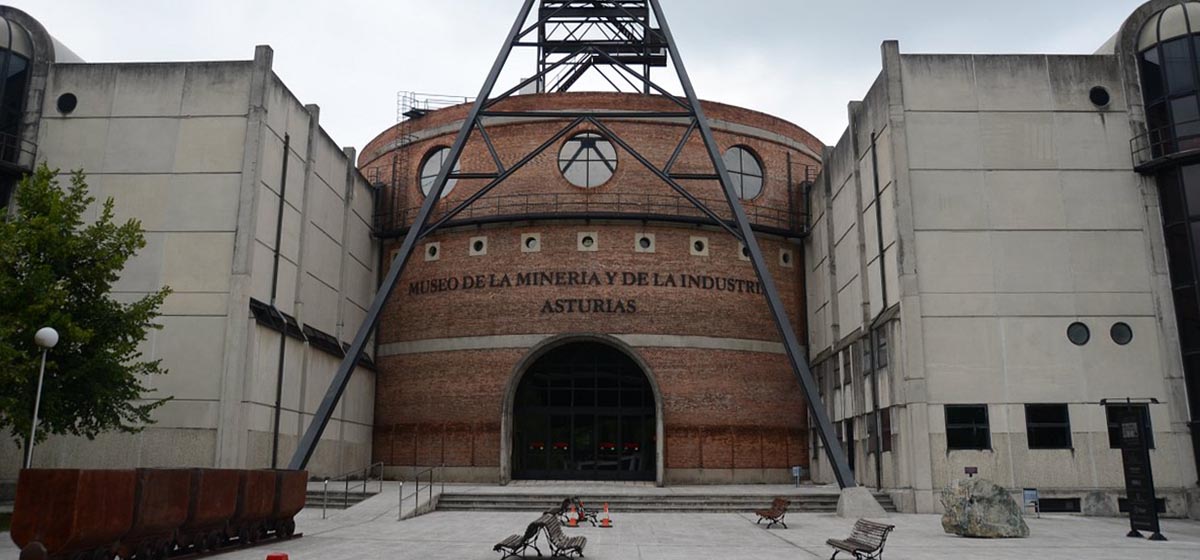
La Cave of La Peña de Candamo It is just over half an hour from Oviedo, in San Román, near the mouth of the Nalón River. There are cave paintings and engravings over 10 thousand years old, World Heritage. And a little further you can get closer to the cities of Avilés and Gijón, with its urban attractions.